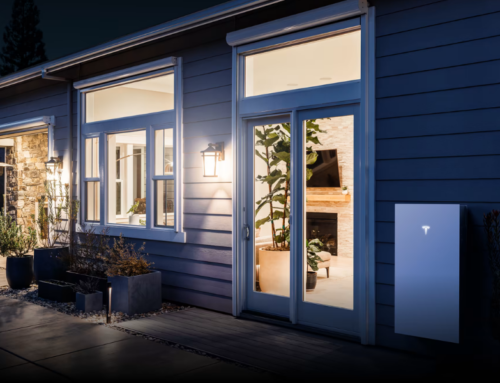Joe Spiek, SUNSOLAR SOLUTIONS, Inc.
There is no shortage of myths and misbeliefs about residential solar. One of the most persistent ones I hear often is about the importance of waiting for several utility bills from a new homeowner before they will even consider looking at a solar quote.
The truth about the importance of having a solar system producing exactly the same amount of power as the homeowner’s consumption is an outdated strategy for at least one utility, APS, and their program named “Net Metering.”
APS’s current solar program, commonly referred to as “Net Billing,” compensates solar customers in a very different manner than the former program, “Net Metering,” which ended in 2017. With “Net Billing,” APS buys the excess solar power generated by the homeowner’s solar system. With the exception of a few summer months, a homeowner’s solar system will produce as much as 60% more power than the homeowner needs during the day, thus creating a credit on their billing statements.
With APS’s “Net Billing,” what we have found is that with a “precise system design,” defined as a system that produces the same amount of power as the homeowner’s power consumption for the year, homeowners will end up buying a significant amount of power from APS over the period of a calendar year. With a 1:1 system design, the homeowner can still expect to still owe APS $500-700 per year.
At first glance, it might seem that “Net Metering” was a better program for solar customers, but that turns out not to be the case! With “Net Metering,” the accuracy of the system size was critical for the customer to ensure proper savings. With “Net Billing,” the stress of having a precise system design is not as important! In fact, we believe the more solar, the better! Any excess power your system will produce will turn into more money in your pocket as APS will buy that excess power for more than the cost to produce the solar power.
In summary, the more solar you put on the roof, the better it is for the homeowner. The sweet spot is about a system design that produces around 50% more power than needed, leaving you owing just $2 – 5 per month to APS. Installing more than 50% can actually result in APS sending you a check at the end of the year.
So, when a homeowner waits for utility bills to ensure the design and precision of their system size, they tend to do themselves a disservice with the loss of hundreds in savings. APS’s “Net Billing” strategy is to purposely over-size a solar design to produce an excessive surplus of power to help reduce the amount owed to APS over the course of the year. Going solar with a solar company that understands this strategy is vital to maximizing the savings that are made possible by going solar!







